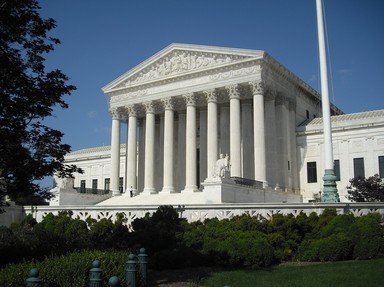Quiz Answer Key and Fun Facts
1. In which case did the Supreme Court decide that it was constitutional to allow separate but equal facilities for whites and blacks?
2. Which case set the precedent that verbal warnings must be given to a suspect in custody prior to interrogation?
3. What did the Supreme Court find unconstitutional in the case, Clinton v. New York?
4. Brown v. Board of Education of Topeka went to the Supreme Court more than once.
5. Which of the following Supreme Court cases do not argue over the rights of the First Amendment?
6. Which of the following cases found that denying African Americans the right to vote was unconstitutional?
7. In which case did the Supreme Court decide that the legislature had the right to limit campaign contributions, but not how much a candidate could spend?
8. Which case allowed states to restrict access to abortions?
9. What did Schenk do to get him convicted of conspiracy against the United States government in the Supreme Court case, Schenk v. U.S.?
10. What did the case Marbury v. Madison establish?
Source: Author
dijonmustard
This quiz was reviewed by FunTrivia editor
trident before going online.
Any errors found in FunTrivia content are routinely corrected through our feedback system.
